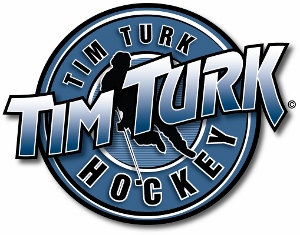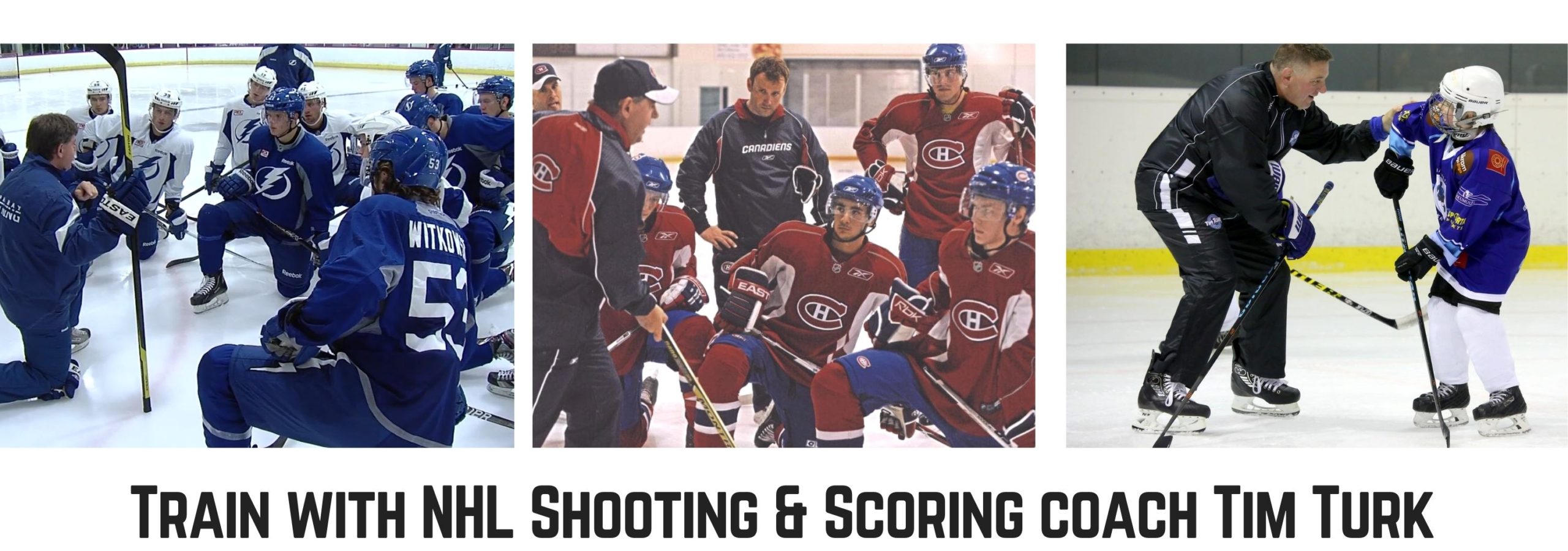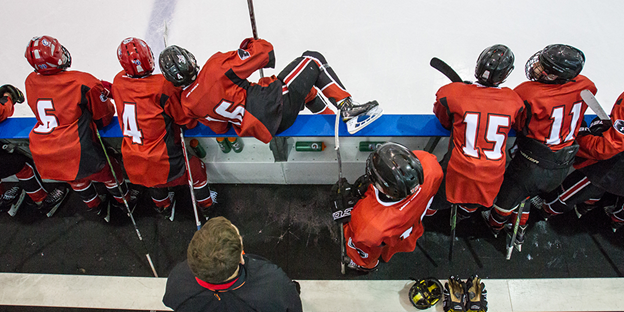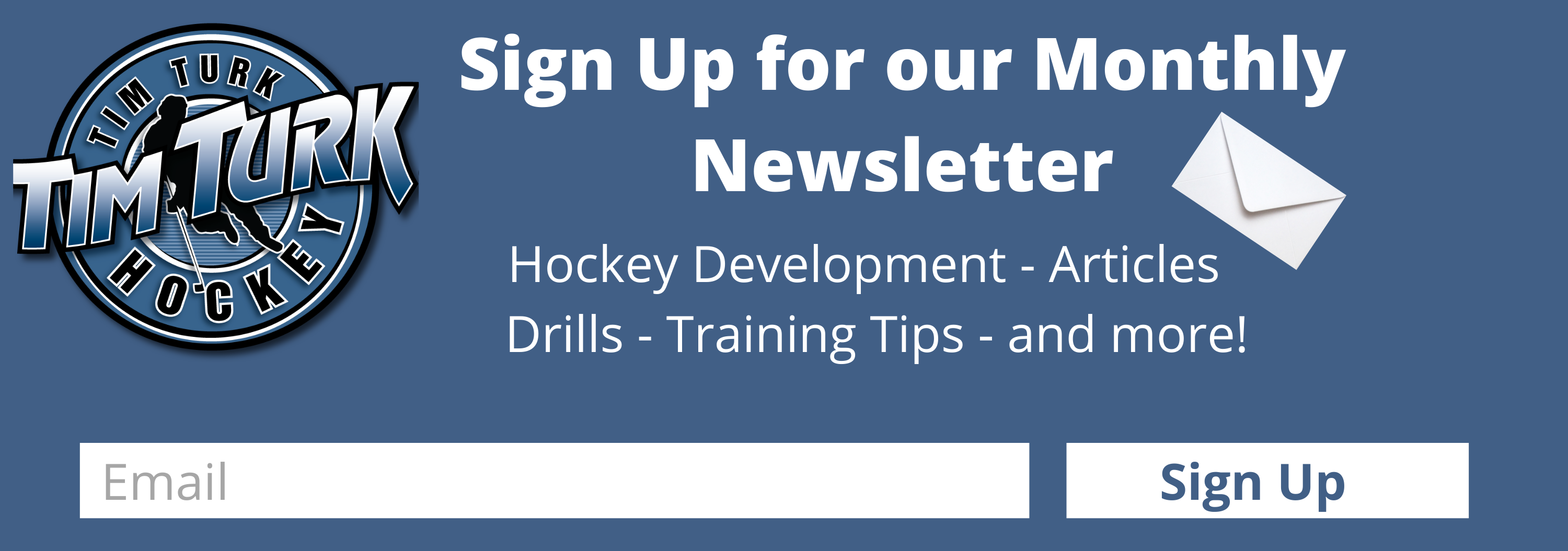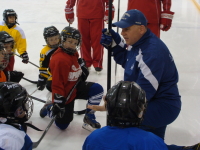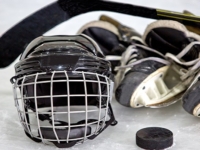You might be wonder why a youth hockey team would require a trainer in the first place. In the NHL, each team has its own training staff who stand behind the bench with the coaches. Due to the physicality in the NHL, injuries are a part of the game and at times, are also unavoidable. So why would a non-contact minor hockey league also need trainers? If we can sum up the role of the youth hockey team trainer in one word, it is safety.
While trainers might not have the same level of injury responsibility in youth hockey, let’s not diminish the importance of their role. No matter what level of hockey is being played, player safety is of the utmost importance. Different leagues have different ways for the trainer to be present. Some leagues have them stand at the benches with the teams, while others have designated trainers around the building for multiple games being played at the same time. Let’s take a closer look at one of the most underrated and often underappreciated members of the youth hockey game.
It’s All About Player Safety
The single most important part of a youth hockey trainer’s job is player safety. Particularly in youth hockey where injuries do not happen as frequently, but when they do, it is almost always a big deal. The trainer is there to ensure that nothing can even potentially go wrong on or off the ice. From an errant high stick to being able to use the defibrillator and deliver CPR if needed, the trainer is a crucial first responder for any medical event that happens at the rink.
Dealing with injuries at youth hockey is never easy. While most coaches and officials do have some first aid training, the youth hockey trainer is usually looked upon as the main resource for those requiring medical attention. We might not ever notice that they are there, but when they are called upon, youth hockey trainers are always appreciated.
They Are Also Equipment Managers
In the NHL, teams will have their own equipment staff as well. These trainers are needed to prepare gear and padding before, during, and after games. They also do laundry, sharpen skates, and even tape sticks. Youth hockey teams obviously do not have their own equipment staff (other than the parents). Instead, the trainer is there if any equipment malfunctions take place.
Some key pieces of equipment that trainers usually have on them include a sharpening stone for skates that lose an edge to their blade, and a screwdriver for quick helmet or skate maintenance. Being a youth hockey trainer means having some extensive hockey knowledge and experience, while also being able to work quickly under pressure.
Stepping in to Teach Proper Warm Ups and Stretching
Occasionally before a game starts, you will see a youth hockey trainer come around to speak to the kids on both teams. Generally what they are doing is using their knowledge to teach the kids about proper pre-game warmups and stretches they can do to avoid potential injuries in the game. This is a form of risk management and is a crucial component to trainers upholding player safety on the ice.
This provides the youth hockey trainer with a bit of authority as well. The kids know when they see the trainer that they are someone who is there to help them if needed. While they might not be into coaching teams, being a trainer allows these volunteers to help out with local youth leagues, while utilizing their skills in first aid and medical training.
Provides Training for Off-Ice Activities as well
As kids get older, the youth hockey trainer can provide them with stretches and exercises that they can do away from the rink. This can help keep players in shape during the offseason, and eliminates common injuries that might take place both on and off the ice. Dryland training and pre-game and post-game stretching is crucial for older hockey players, and the trainer is in the position to help educate players on these overlooked activities.
Trainers can also suggest meal prep and nutritional regiments to players who are looking to improve their fitness. While this might not be as evident amongst minor hockey players, older competitive leagues would likely benefit from this.
Ensuring that the Rink is a Safe Place to Play
Finally, trainers are able to ensure that the rinks that the games are being played at are safe for all participants. This can be done by inspecting things like lighting, the ice, and the state of the benches. Any malfunctioning pieces of equipment must be noted and the trainer can make suggestions to the officials if they believe that something is not up to code.
Another way in which trainers can ensure a rink is safe to play at is to come to the rink prepared. This means that in the case of any emergency, the trainer is ready with a proper emergency plan in place. This could mean the difference between saving a life or avoiding serious injury. The trainer should always come with a full first-aid kit, and know exactly where the rink’s defibrillators and other emergency equipment are located.
Conclusion: Role of the Trainer in Youth Hockey
In Provinces that use a youth hockey trainer like Ontario, the position is a critical first line of defense for player safety. The trainers are usually volunteers and are qualified first aid attendants. The role of a youth hockey trainer varies from risk management to equipment manager, and everything in between. For those regions that use a youth hockey trainer, it is another layer of defense against any serious injuries occurring at the rink. They may not receive many accolades, but youth hockey trainers are crucial to the success of minor hockey and the safety of all involved.
